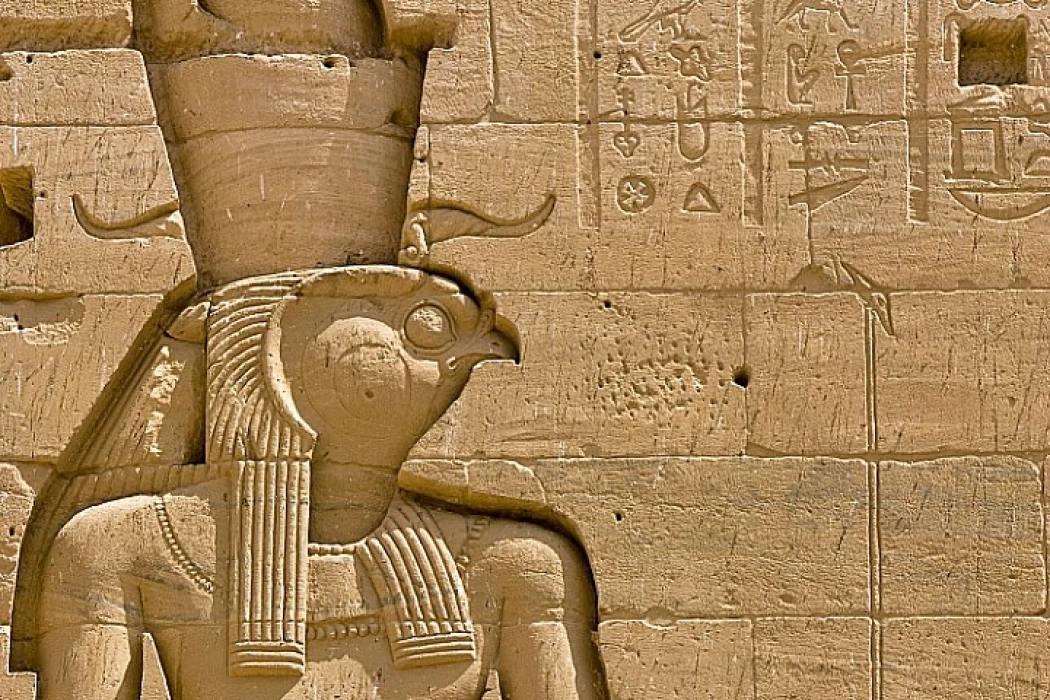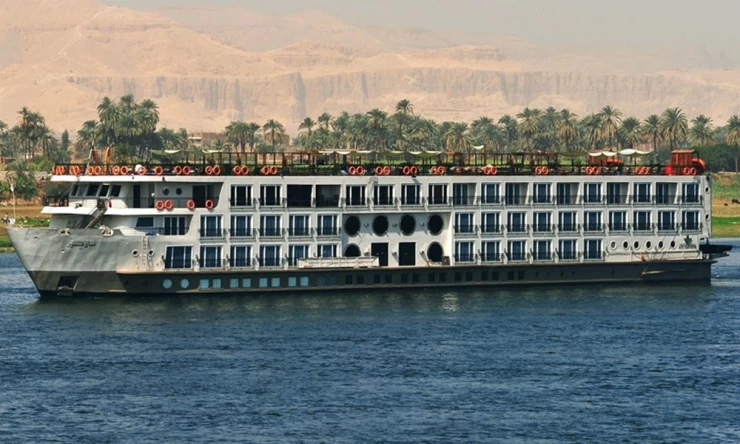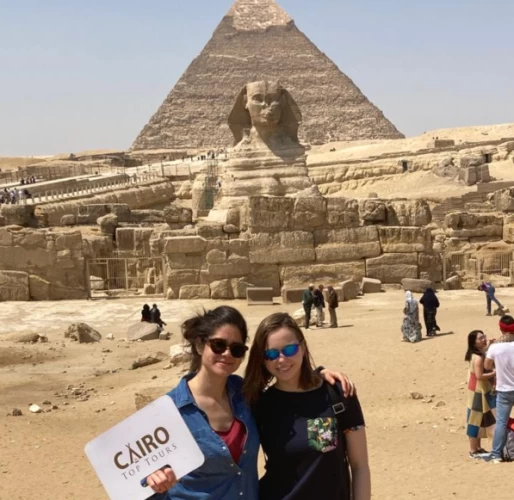
Amun Ra | The ancient Egyptian’s God
In his highest form, Amun-Ra was a hidden god, as his name implies, not only was the god hidden, but his name was also hidden and his form was incomprehensible. In other words, the mystery surrounding Amun was due to his absolute perfection. He could renew and recreate himself, which was represented by his ability to transform into a serpent and shed his skin, yet he remained different from creation, separate and independent of it. Don’t miss the opportunity through Egypt Classic Tours to discover the great temples of Amun.
In his union with Ra, the sun, Amun revealed himself to creation, and thus Amun-Ra combined in himself the two divine opposites: as Amun he was hidden, mysterious, and separate from the world, and as Ra he was manifest, visible, and the giver of daily life. On the same hand, he was associated with Maat, the Egyptian concept of justice and balance in the universe. Some have argued that Amun was a relatively recent god in ancient Egyptian religion since his worship at Thebes where his oldest temples are located, you can discover it by experiencing Egypt Christmas Tours with your family and friends. The Amun Ra was not documented until the Eleventh Dynasty, but he is found mentioned in the Pyramid Texts dating back to the reign of King Unas, the last of the Fifth Dynasty.
When the kings of the Eighteenth Dynasty took up arms outside the previously known borders of Egypt in successful military campaigns against Syria, Nubia, and Libya, Amun became a national god of Egypt, known worldwide. Visitors come to see the temples of Amun during Egypt Easter Tours to watch the great temples of the ancient gods. The kings of Egypt attributed all their victories, achievements, and glories to Amun and lavished wealth, gifts, and spoils on his temples. Amun enjoyed great popularity among the people as he was called the defender of the poor, the protector of the weak from the strong, and the guardian of justice. Anyone seeking help from Amun had to prove his purity or be cleansed of his sins first.
His name means "the hidden one", Amun is a very ancient divinity with warrior characteristics. Starting from the Middle Kingdom or maybe before, specifically during the 5th dynasty, he became the principal deity in Egypt and of Thebes during the new kingdom as well, he took the name of Amun-Ra and the characteristics of the creator God. He is the spouse of Mut and the father of Khonsu, forming the famous Theban triad with these deities of ancient Egypt.
Amun was the name of a deity in ancient Egyptian religion, which became one of the most important deities in Ancient Egyptian history. The ancient Egyptians depicted the god Amun in various shapes. Amun appeared as a man with a head, head, frog, ram, a man wearing an ostrich crown, and a goose.
It began as Thebesian air and fertility god, whose power grew as the city of Thebes grew from a petty village in the old kingdom to a powerful metropolis in the Middle and New Kingdoms. He rose to become a member of the eight gods collectively called the Ogdoad of Hermopolis. He then became a member of the three gods referred to as the Thebes Trinity. At that time he was called the patron of the Pharaoh's Gods and was eventually combined with the sun god Ra, who was the sovereign deity of the Old Kingdom, to become Amun-Ra, king of the gods and ruler of the Great Ennead. Amun-Ra was hailed as a national god, the creator of the universe, the personal protector of Pharaoh, and the god of war.
He appeared in the Pyramid Texts as a member of the Oedead, an important god at Thebes. His importance began in the Middle Kingdom, when King Amenhotep had compound names with Amun
After the expulsion of the Hyksos, he became the king of the gods. During the reign of Akhnaton, a religious and political revolution broke out against him, but he returned to become the great god of Egypt.
The Temple of Karnak was the oldest Temple of Amun-Re. His reputation goes far beyond the borders of Egypt. His worship spread to Ethiopia, Nubia, Libya, and much of Palestine. The Greeks believed it was an Egyptian manifestation of their god Zeus. Even Alexander the Great thought it worth consulting Amun's oracle when he needed powerful proof to become the Pharaoh King of Egypt, the temple of the oracle in Siwa Oasis in the Egyptian Western Desert is evidence of how important this god was to all Egyptians.
Travel to Egypt now to visit the ancient Egyptian wonders and magnificent sites, temples, and pyramids built at the dawn of history and learn more about the complicated mythology and the hundreds of Gods and Goddesses worshipped in the land of the Pharaohs.
The Gods of ancient Egypt were very much like humans they loved and hated, they felt jealous and fought, they took revenge, killed, and also died during an amazing myth full of events, activities, and dramatic events that inspired modern movie directors and producers to create world-famous movies about the grandeur of the Pharaohs and the Gods they worshipped. Take advantage of this offer and discover the wonders of the blessed land of Egypt, from historical times to the present day.
Amun possessed many powers among the Egyptians. He not only created himself, but the entire universe. Furthermore, after being influenced by the Hyksos, the Egyptians developed a god of war, believing this to be the reason for their strength. Consequently, they chose Amun from among their deities to be the god of war.
The belief in the god Amun was very strong, and there was interest in depicting him in many images, the most important of which was the image of the ram as a symbol of fertility and a symbol of the renewal and flow of water. Appearance of God Amun: A seated or standing man with a crown surmounted by two feathers.
The image may depict a ram or a man with a ram's head. A ram-headed sphinx or a goose, a frog. Lastly, he has blue skin in some of his representations rather than the usual red-brown. Blue was a colour that the Egyptians connected to air and creation.
Amunet, Mut, or Amunet, is the wife of the god Amun or Amun-Ra, and was known as the cow of heaven, which is the feminine name of the word Amun. Their son was the god "Khonsu", the god of the moon among the ancient Egyptians.
The father, son, and wife formed the holy trinity of the city of Thebes, Mut, or Mut, which means "mother" and is the mother of the gods in ancient Egypt. Its pronunciation and name changed over thousands of years in several cultures and civilizations She is often depicted as an Egyptian eagle, a white eagle.
















